If you’re a bird or nature lover, you’ll enjoy these fascinating facts about our avian friends. These bird statistics are sure to surprise, entertain, and inform you—teach them to your kids and share them with friends!
#1. There are about 18,000 bird species in the world.

This is twice the number of what experts originally thought. But a recent study led by the American Museum of Natural History revealed that there were ‘hidden” differences in birds that made some look similar to others, when, in fact, they were entirely different species.
#2. There are 350 hummingbird species in the world.
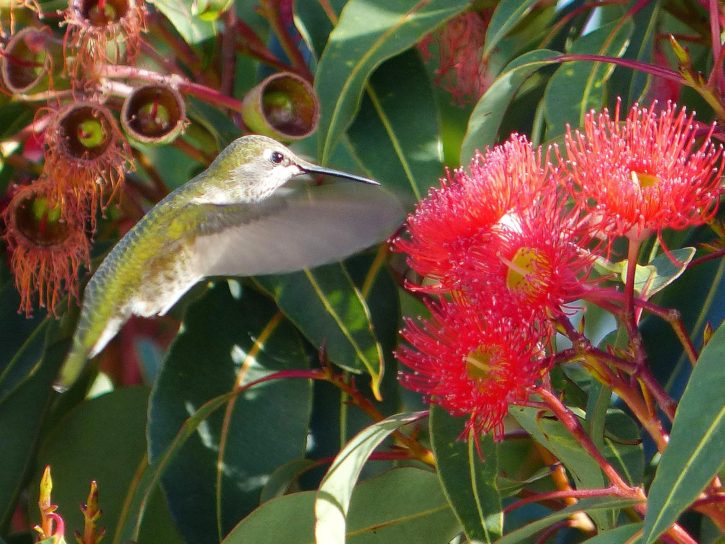
Hummingbirds can be found in the United States, Central and South America, and the Caribbean. Included in the species is the calliope hummingbird, the world’s smallest hummingbird at just three inches long. The largest species, the giant hummingbird, measures about eight inches long, by contrast.
#3. The North American bird population has decreased by almost 30% since 1970.
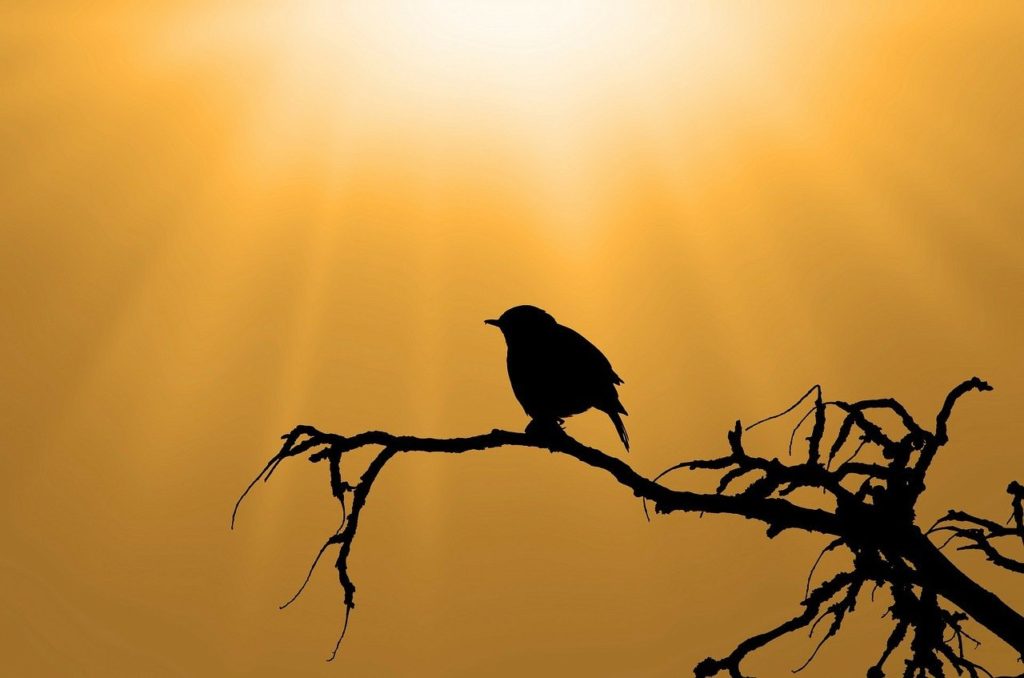
The Science journal has revealed that we’ve lost nearly 1 out of 4 birds in the US and Canada in the last 50 years. This population decline is mainly due to habitat loss from deforestation, though other factors like climate change, pesticide use, cat predation, and window strikes are also contributors. To find out what you can do to help the declining bird population, check out this Chirp blog post.
#4. 4 billion birds migrate from Canada to the US each fall.
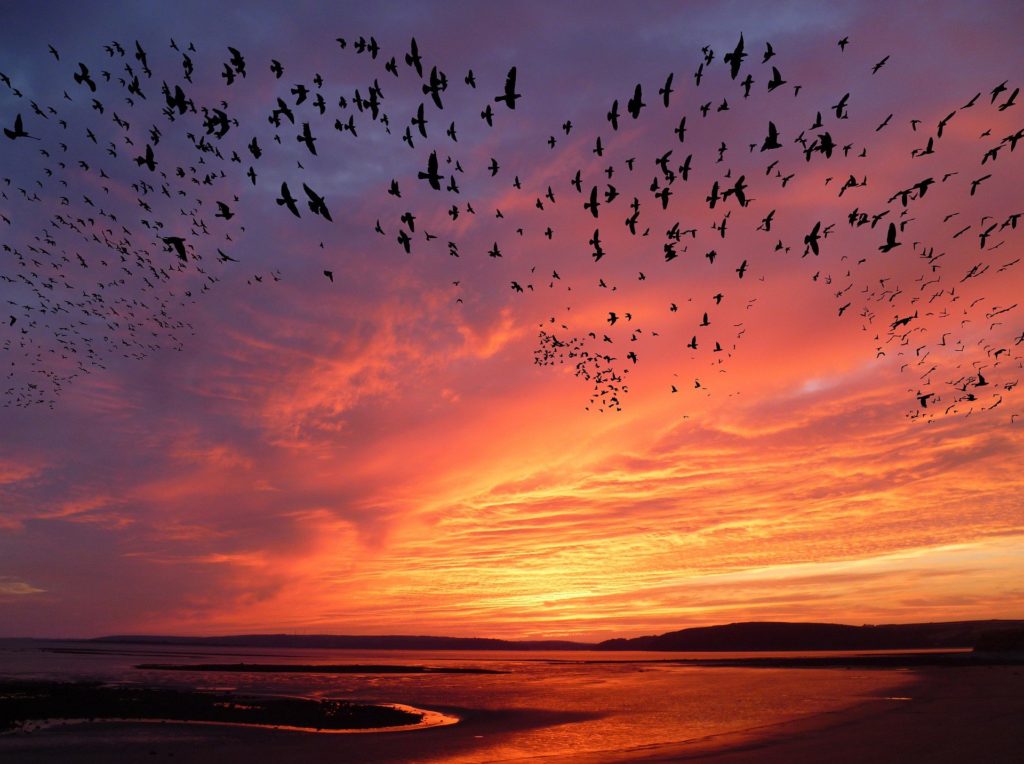
And another 4.7 billion birds migrate from the US to the tropics in autumn. Come spring, about 3.5 billion birds return to the US from the south, and 2.6 billion leave to migrate across the northern border to Canada. Researchers conclude from these numbers that fewer birds are returning to the US after the fall migration, spending months wintering in the tropics or elsewhere.
#5. A person would need to eat 285 lb. of meat a day if they had a hummingbird’s metabolism.

Hummingbirds are known for their lightning-fast movements and tireless energy. In fact, a hummingbird beats its wings an average of 80 beats per second! It’s no wonder they have to eat 1.5 to 3 times their body weight each day (which is why hummingbird feeders are so important)!
#6. Ravens can make more than 30 different vocalizations.
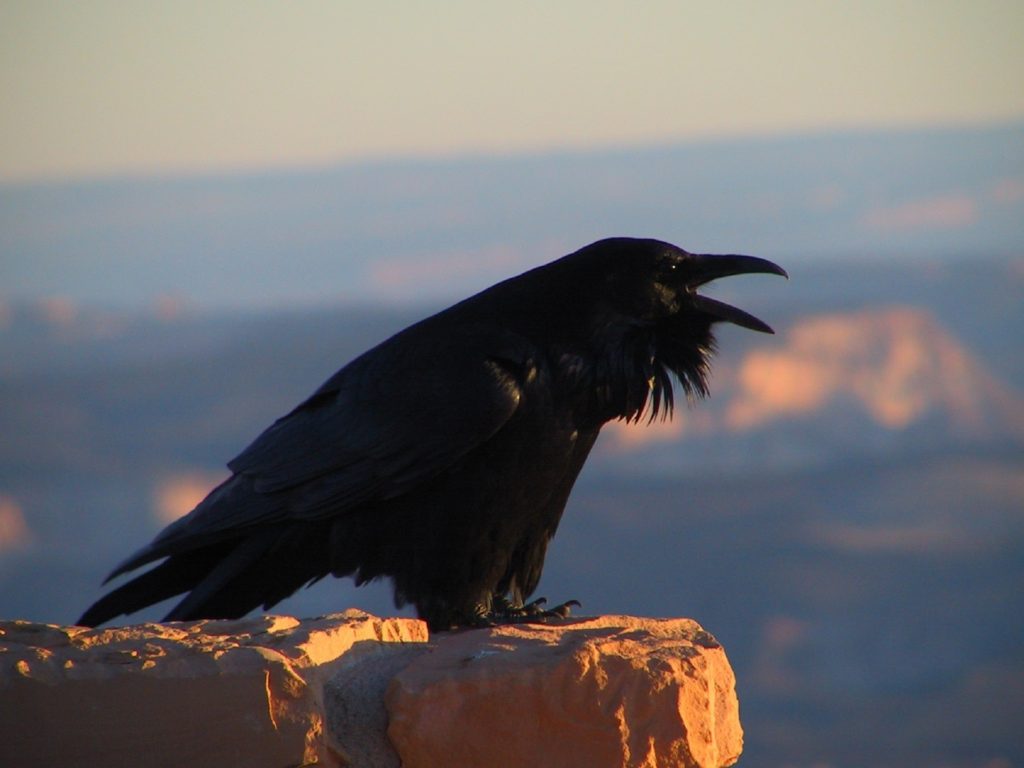
The common raven can make 33 different sounds, including throaty croaks and shrill alarm calls. They use these noises to chase predators, warn trespassers, and call to prospective mates. They can even mimic human speech, like Mischief the raven demonstrates in this video:
#7. The world’s oldest living bird is a 70-year-old albatross.
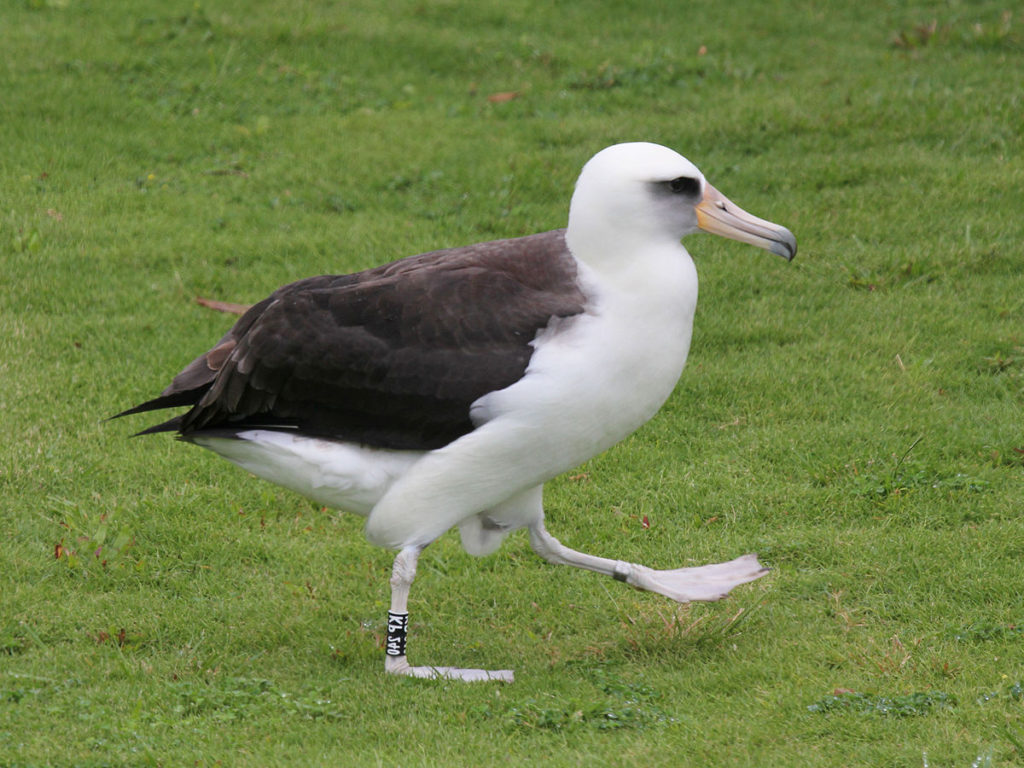
Wisdom is a Laysan albatross that spends several months a year at the Midway Atoll near Hawaii. Since the average lifespan of an albatross is 50 years old, Wisdom is a bit of a miracle. It’s been estimated that she’s raised between 31 to 36 hatchlings with her mate for life, Akeakamai.
#8. The fastest bird in the world was clocked at 242 mph.

The peregrine falcon has the fastest recorded air speed while diving after prey. These quick hunters feed on ducks, shorebirds, and songbirds, striking with their talons and killing on impact.
#9. Two-thirds of the world’s birds live in the tropical rainforests.
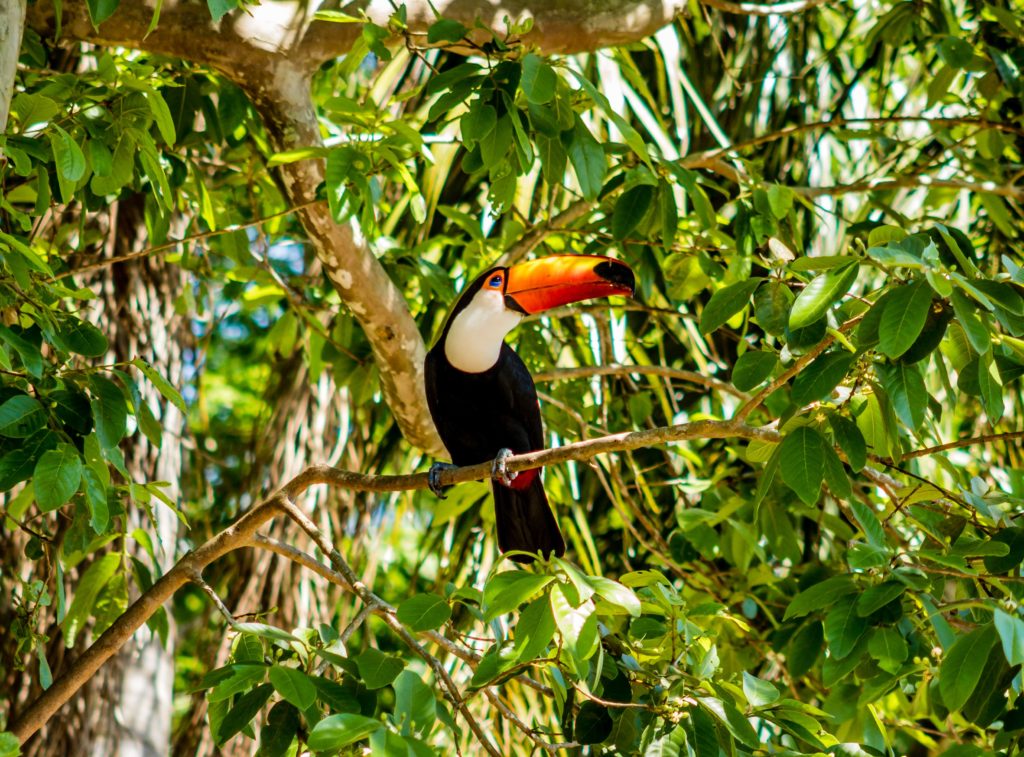
Rainforest bird species include colorful macaws, parrots, toucans, finches, and hornbills. Most of these birds live in the dense forests, which they use to protect them from weather and predators. In fact, there are so many birds in the Amazon that they found 575 bird species in just 5,500 hectares (about 13,500 acres) of the rainforest, compared to the 700 bird species found in all of North America.
#10. Cats kill an estimated 2.4 billion birds a year in the US.

Most of these deaths are caused by cats kept as outdoor pets. Considered the number one threat to wild birds by the American Bird Conservancy, cats have a large impact on the world’s bird population. For tips on how to turn your outdoor cat into a happy indoor cat, see our blog post on the subject here.
#11. One woodpecker can eat 2,000 ants per day.
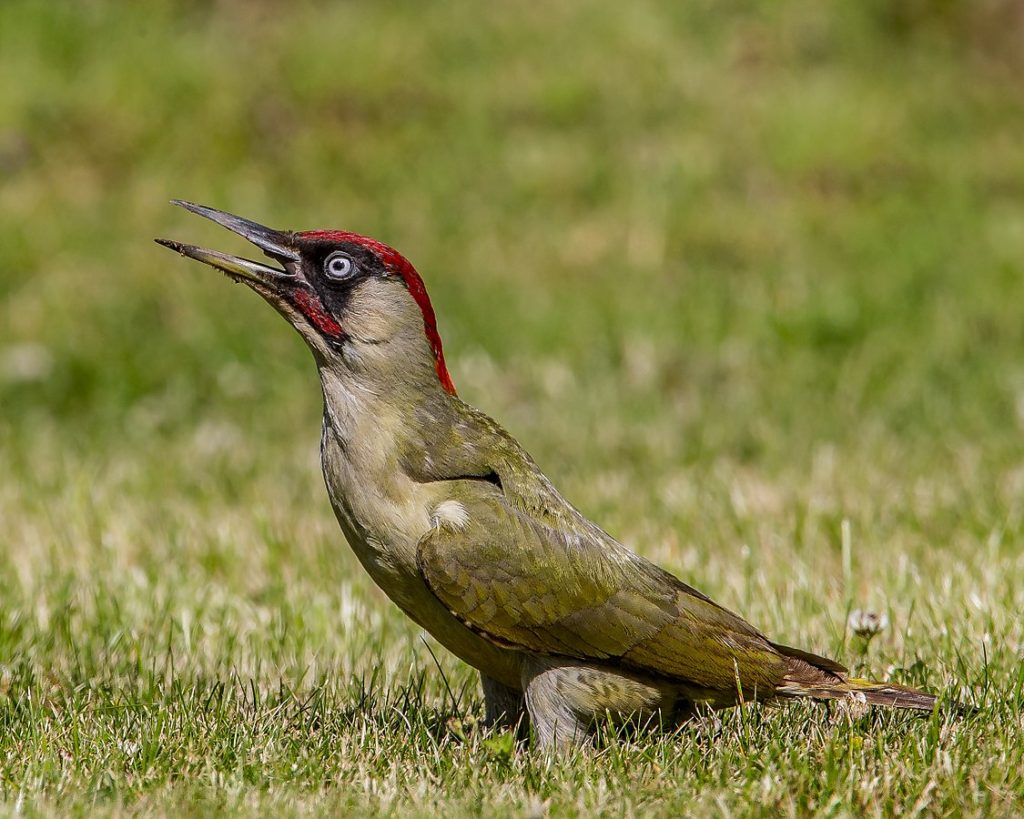
The green woodpecker, found in parts of England and Wales, eats ants and grubs as their main diet source. They have a long sticky tongue that they use to scoop up ants from anthills. These insect-eating birds are found in woodlands, farms, parks, and mature gardens. They can also be found on lawns, as they hungrily search for their next batch of ants to feed on.
#12. A pelican can hold 3 gallons of water in its beak.

Known for their pouch-like beak, pelicans use them to scoop up fish—and water—as they hunt. Their bottom beak expands as it fills with water, and then drains out before the bird swallows the fish whole.
Join Us and Learn More Fascinating Bird Facts!
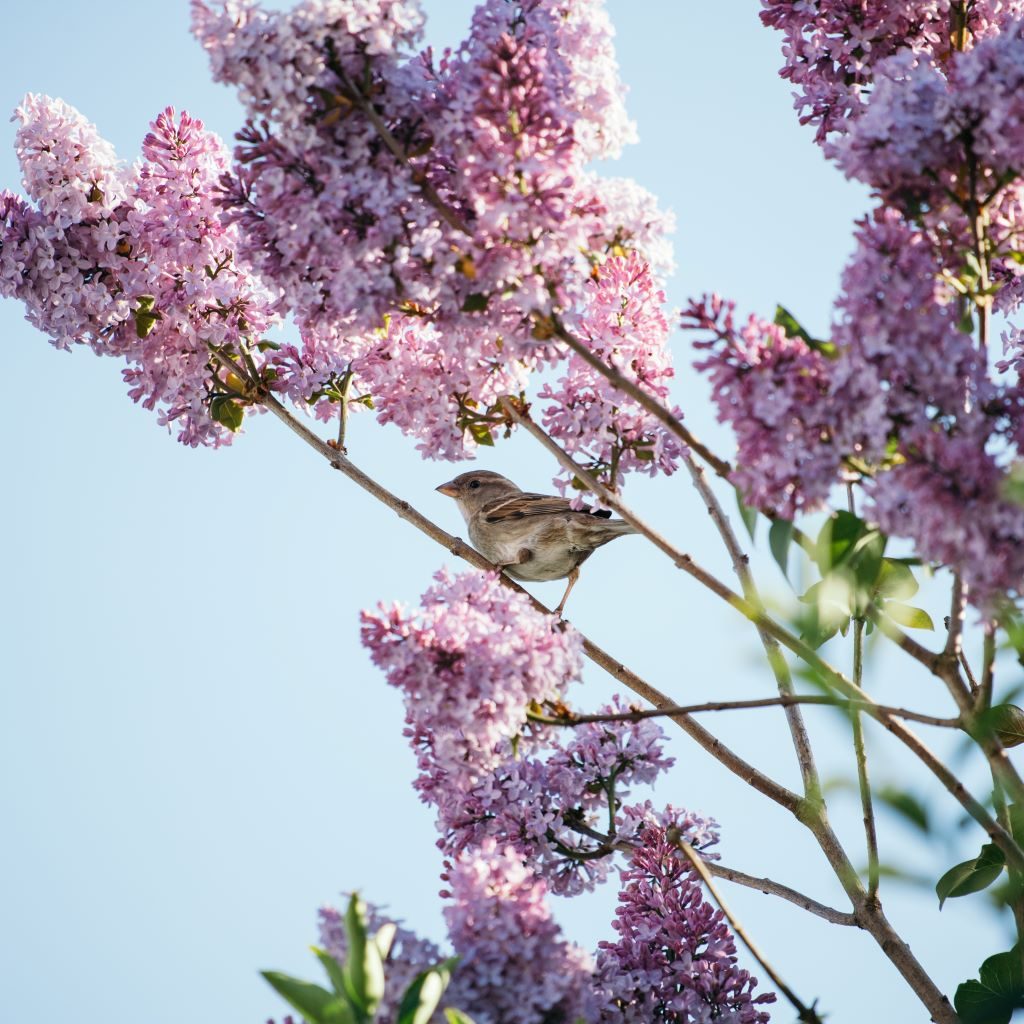
If you love learning about birds, listen up! Join us in person or catch a live stream of one of our guided bird walks, where we travel through parts of the Big Bear Valley and go birdwatching. You can also join us for a bird talk led by one of our special guest speakers. See what’s coming up at Chirp by visiting our Activities page!
Laysan albatross photo courtesy of Dick Daniels. Peregrine falcon photo courtesy of Jam.mohd. Green woodpecker photo courtesy of Andy Morffew.

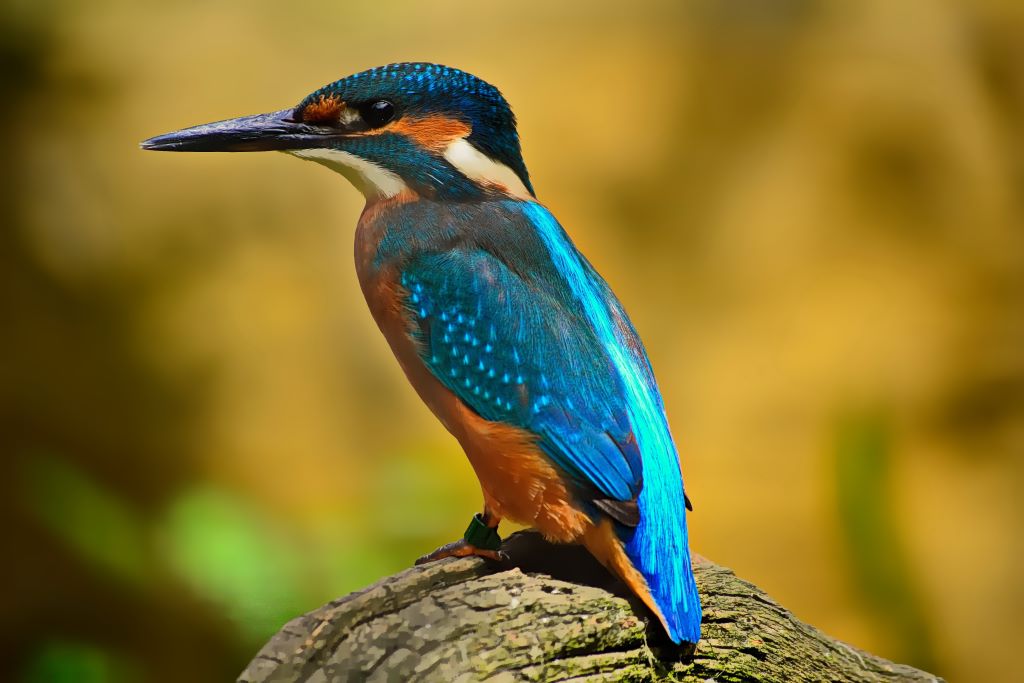

One comment
Totally enjoyed seeing these photos and reading the interesting facts!
Those darn cats tho!